Honda's No-Gearbox Hybrid System Is So Complex It'll Make Your Head Hurt
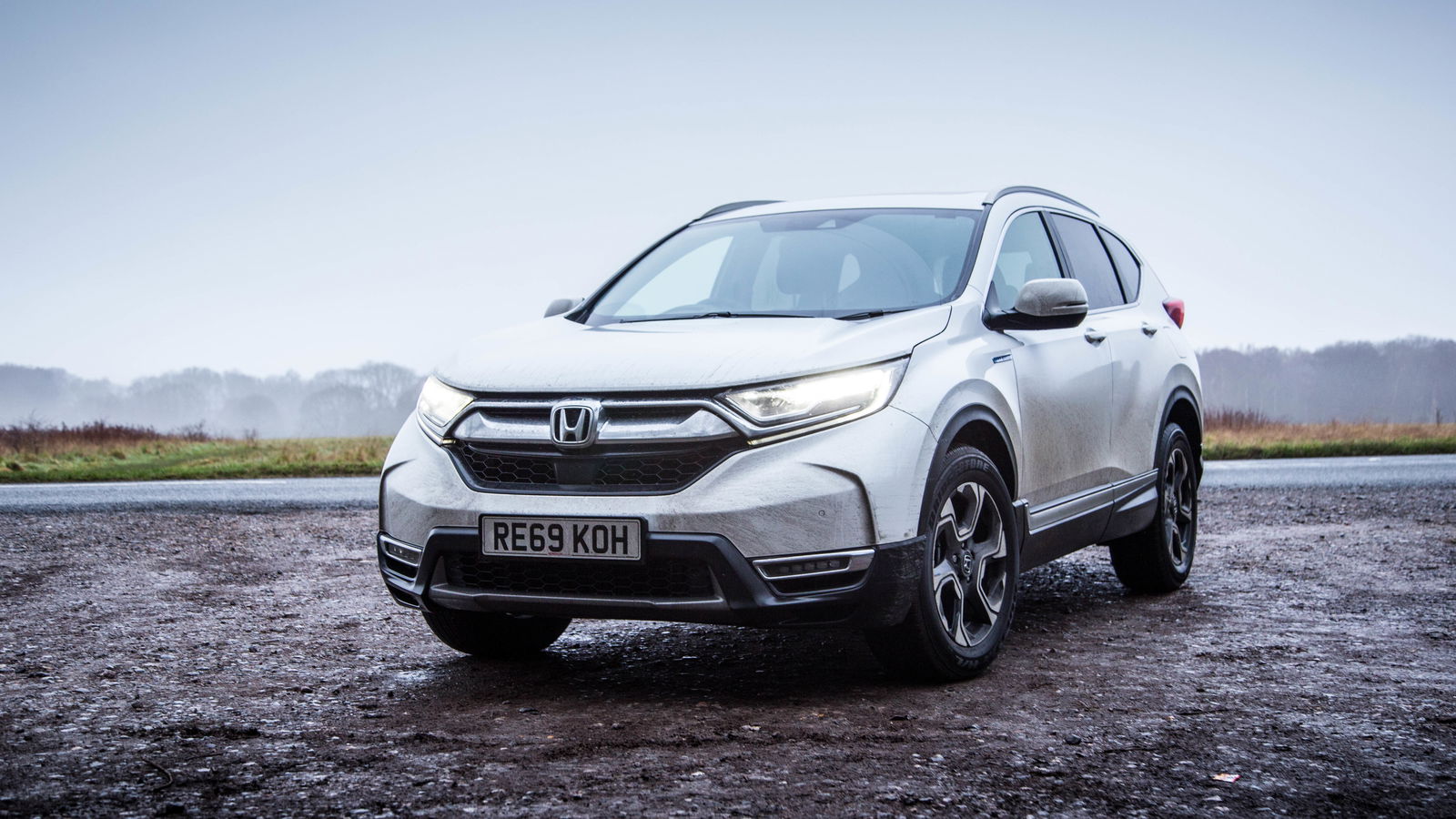
If I turned the conversation to cars with no gearboxes, it’s highly likely the Koenigsegg Regera would spring to mind first. However, snazzy though the Swedish hypercar company’s Direct Drive system is, you can experience a gearbox-less powertrain in something a whole lot cheaper: a Honda CR-V.
The hybrid versions of the CR-V, Accord, Insight and Clarity all use this hybrid system, which is so complex, understanding it is damn-near headache-inducing. After unexpectedly ending up behind the wheel of a CR-V Hybrid for a week (a long and not especially interesting story, so I’ll spare you that), I sought to find out exactly what the deal is under the car’s skin.

The catchily-titled Intelligent Multi-Mode Drive (i-MMD) hybrid system is made up of several key bits. There’s a transversely-mounted 143bhp 2.0-litre inline-four engine running on the more efficient Atkinson cycle, which is joined by a motor-generator, a 181bhp motor for the front axle and a small lithium-ion battery pack.
When you set off, the motor on its own powers the front wheels. Since it’s only a little 1kWh battery, the pack drains quickly (pure electric range is only just over a mile), so the engine soon has to be drawn into the equation. However, unlike a conventional hybrid powertrain, the internal combustion component doesn’t directly power the wheels at this point. Instead, it powers the generator, which in turn powers the motor which drives the front axle, while charging up the battery with any excess power.
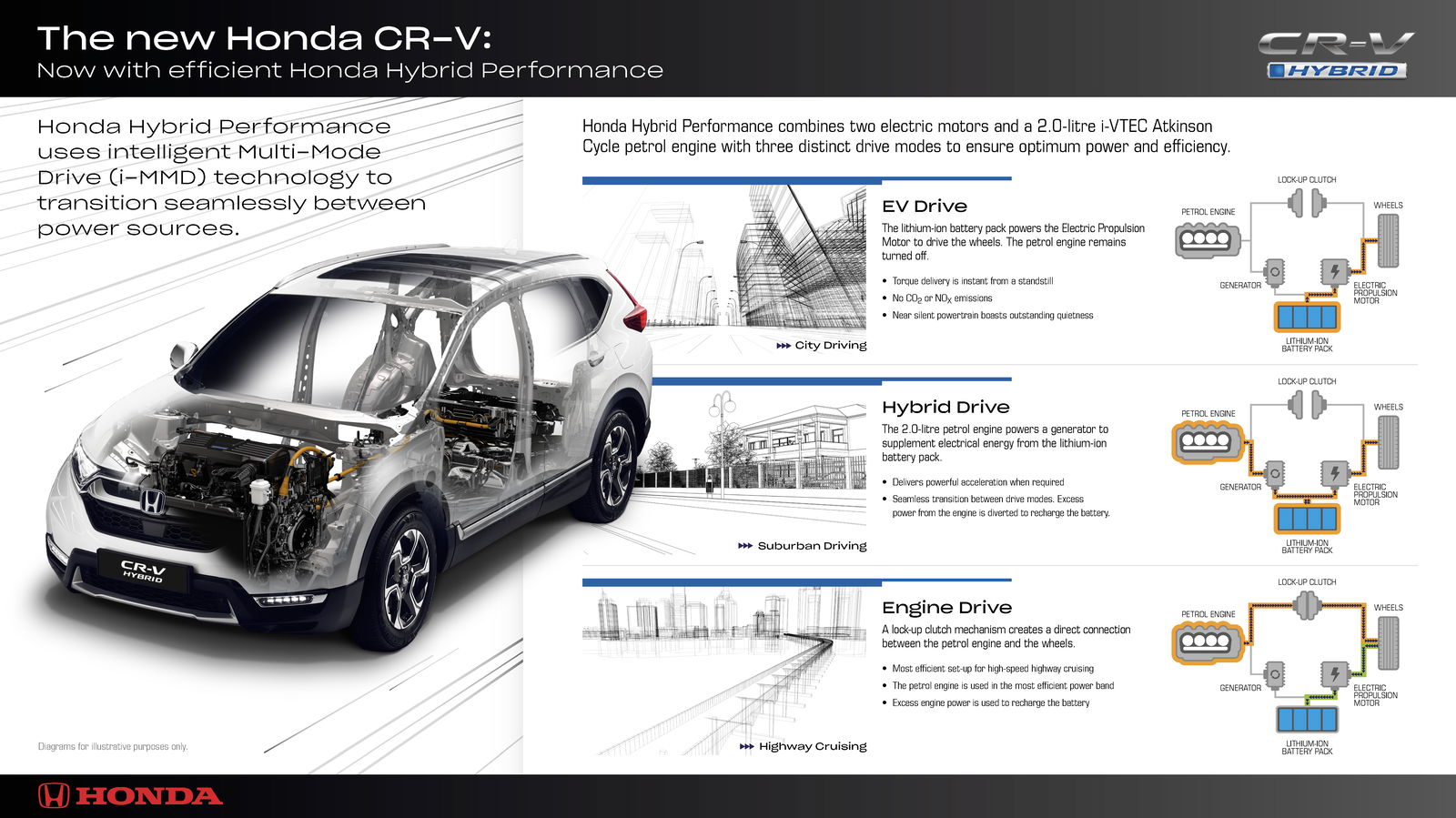
At cruising speeds, the petrol engine stops powering the generator, driving the front axle via a locked-up clutch and a single gear. In this ‘Engine Drive’ mode, any excess power from the inline-four charges the battery, as it does in ‘Hybrid Drive’. Energy is also recouped by the drive motor under braking.
When you put your foot down, the revs don’t rise and fall in tandem with the vehicle’s speed. Instead, you’ll see the engine speed rise quickly under full throttle as it works hard to power the generator, buzzing away at the top end until you ease off the accelerator. At this point (if you’re going fast enough) the clutch locks up and the front axle is directly driven. It’s an odd sensation, feeling neither like a CVT transmission nor a conventional automatic.
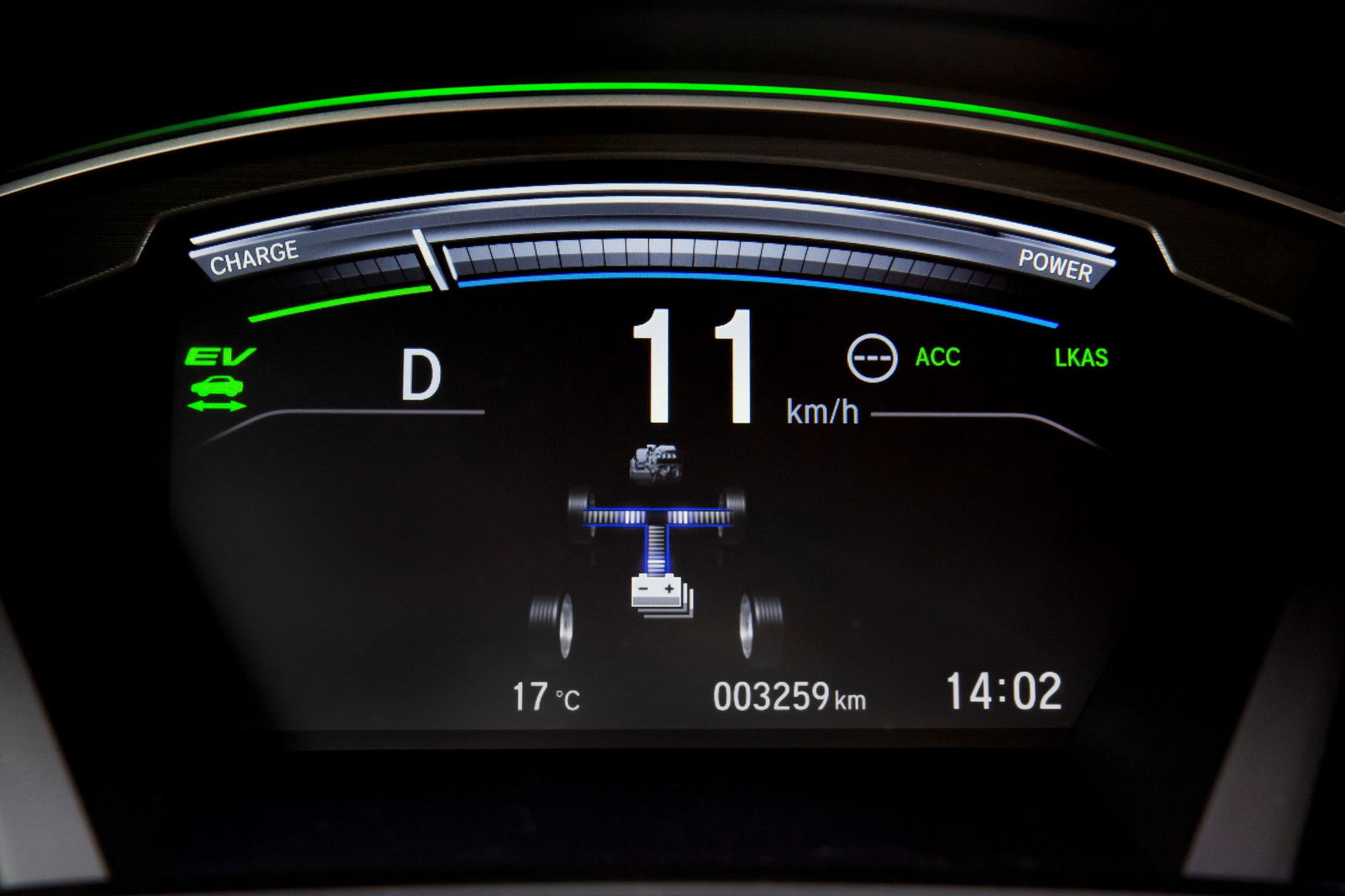
Building a car with three distinct ways of propelling itself forward might sound unnecessarily complex, but there are benefits to this setup. As mentioned above, there’s the ability to recuperate any excess energy from the internal combustion engine, but also, the regenerative braking capabilities are much more impressive than on the average hybrid, since the drive motor is so big.
It’s worth noting this isn’t some mad idea only Honda is running with - the Mitsubishi Outlander PHEV runs a similar system, albeit with a considerably larger battery which can be plugged in and charged (hence the car’s name), and a third motor unit for the rear axle.
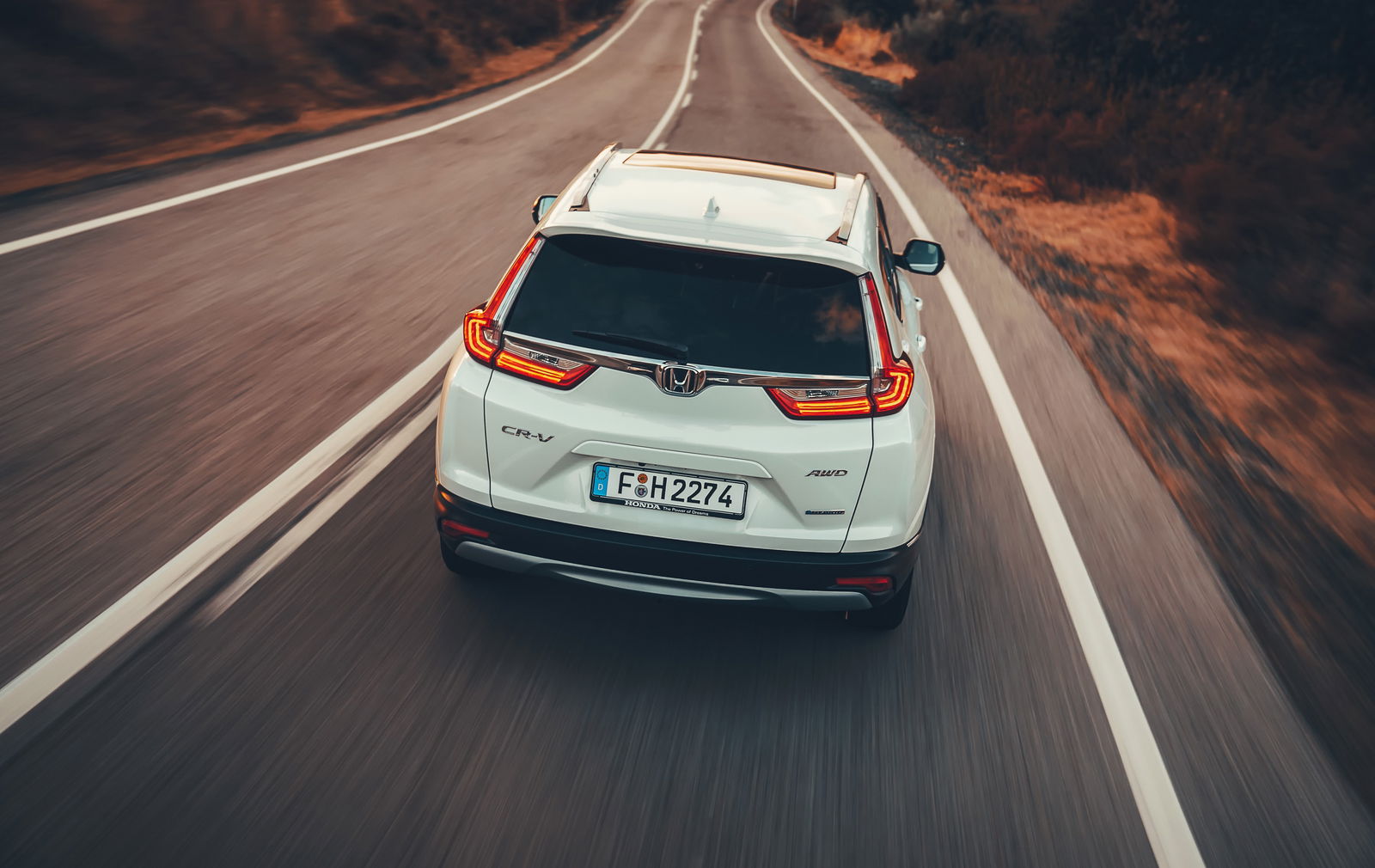
So does it work in the real world? It certainly seems to. Moments of quiet, relaxing electric-only operation occur frequently during urban driving, and the shifts between the three distinct drive modes occur seamlessly. At full throttle, it’s just about quick enough for most, and during mixed driving, it’s easy to get the MPG into the mid-40s. With a greater proportion of lower speed journeys and time to learn the most efficient way to drive the HR-V Hybrid, it should be capable of a lot more.
That’s probably all the average CR-V owner cares about. We can’t imagine many will give much thought to the enormously complex processes going on behind the scenes to keep them moving, which seems like a bit of a shame.
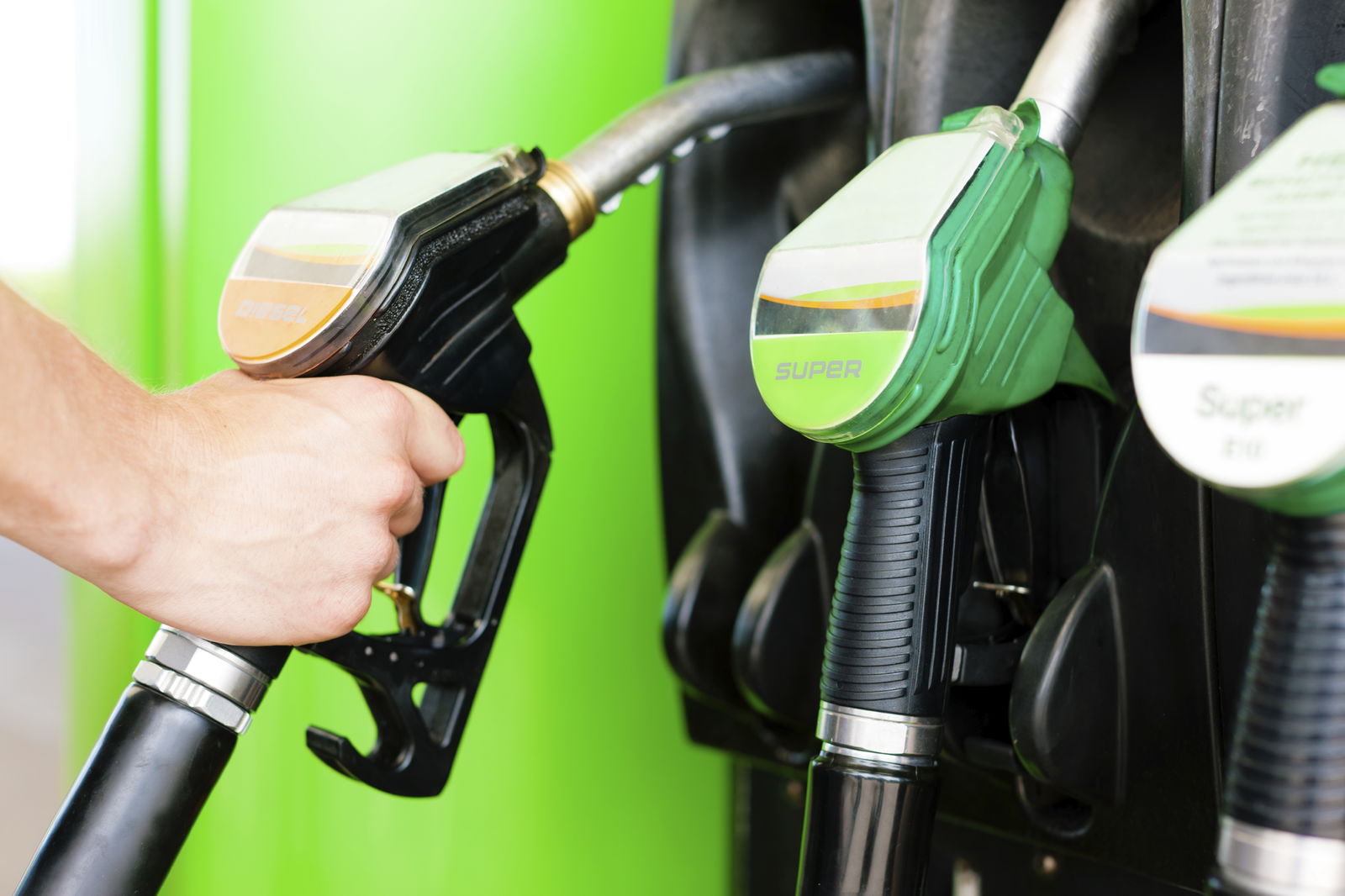

Comments
Been done by Mitsubishi ages ago(2013) and now the best selling Phev suv platform. Outlander Phev 2013-current doesn’t have a gear box and using 3 electric motors
Ah, did you not hear of Mitsubishi Outlander PHEV? It’s been around for a while, 7 years at least, and I own a 2018 version. It uses exactly the system described here, except it’s better since the battery is 12kWh and its 4WD
It’s not complex like you said. The tech has been used in many other cars. You are probably a novice when it comes into cars.
At low speed, the battery and ice power the electric motor. This is an advantage because electric motor doesn’t need gear (note wear and tear of mechanical gear box), instead the speed of the electric motor is increased or decreased by adjusting the voltage or current, so no moving parts there.
When the vehicle reaches a certain high speed, the ice engine is engaged, this is a single gear equivalent to gear 8 in traditional automatic transmission.
Driving vehicle like this doesn’t required a genius like you, anyone can drive it, easy.
I am at lost at trying to comprehend why you think its complicated.
So its the same system used on trains military ships cruise ships and even nuclear subs and carriers for the last 50 years
Toyota planetary hybrid drive has a lot more complexity. It can smoothly change power ratio between 100% petrol aand 100% electric at any speed, not just narrow cruising range. Honda’s solution are comparably simple and straightforward (I’m not saying it’s bad)
I wonder why they have so many different hybrid systems. The JDM HRV Hybrid has an Earth Dream Hybrid that has a 7 speed dual clutch, odd gears connected to the electric motor. While the 1.5L engine can run on all 7 gears. It’s fast to react to gear change and more frugal than equivalent from Toyota. The same system could be used on NA models with a bigger engine and higher capacity battery.
So <a href="https://bingdroid.com/waptrick-download-free-mp3-songs-videos-games-app…; reading through your <a href="https://bingdroid.com/create-facebook-account-sign-up-for-facebook-crea…; with many powerful<a href="https://bingdroid.com/hotmail-email-login-hotmail-sign-up-login-outlook… points. i will<a href="https://bingdroid.com/yahoo-mail-sign-up-sign-up-for-a-yahoo-account-ww…; do return to view <a href="https://bingdroid.com/aol-login-aol-account-sign-in-how-to-reset-your-a… contents<a href="https://bingdroid.com/kik-sign-up-with-kik-messenger-kik-login-kik-for-…; from</a> your blog<a href="https://bingdroid.com/yahoo-search-how-yahoo-search-engine-works-yahoo-…;.
Pagination